 Why Your Boiler Keeps Losing Pressure and How to Fix It
Why Your Boiler Keeps Losing Pressure and How to Fix It
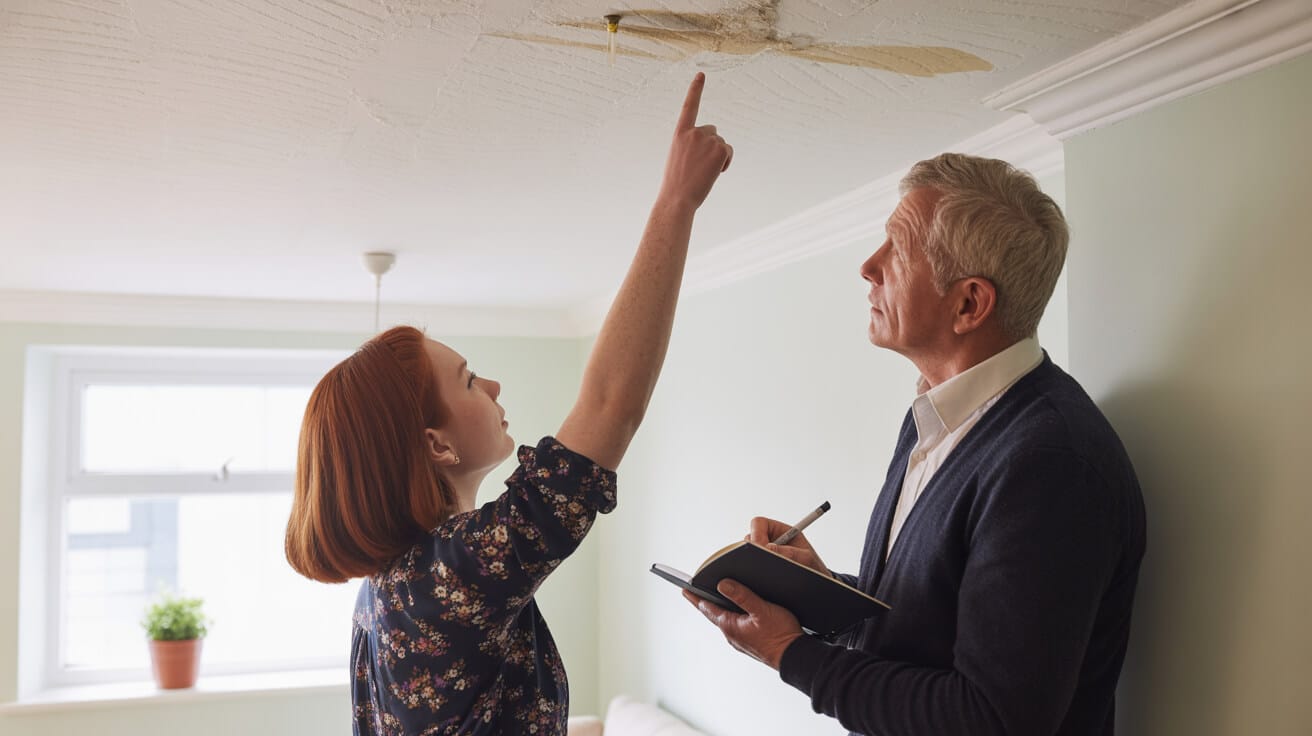
Why Does Your Boiler Keep Losing Pressure—And What’s the Fix That Actually Lasts?
A boiler that stubbornly drops pressure isn’t just a minor frustration. It’s a silent warning—alerting you that something deeper, and potentially far more expensive, is brewing inside your system. Whether you own a single flat, manage a block of rentals, let out commercial premises, or oversee local authority assets, persistent pressure loss isn’t a technical footnote. It’s a test of how seriously you guard your property’s comfort, cost efficiency, and compliance reputation.
Topping up pressure again and again is a red flag, not a result—each quick fix steals years from your system and sets you up for bigger bills.
At Plumbers 4U, we see pressure loss as the system’s way of demanding your attention. Our team never settles for the lazy “just top it up” script. Instead, every fix starts with why—the root cause—and ends with proof: that your heating is safe, stable, compliant, and ready for whatever winter, tenants or insurers throw your way.
Every section below equips you to spot the real pressure problems, take decisive action, and partner with engineers who defend your comfort and your reputation—not just your boiler’s display panel.
What Are the First Warning Signs That Your Boiler Pressure Is Slipping?

Don’t wait for icy radiators or a full breakdown to start taking pressure loss seriously. Most issues cast clear shadows long before the heating cuts out. Spotting these subtle cues means you can act before small glitches become major expenses or legal liabilities.
How to Know It’s Happening—Before It Gets Expensive
- Error codes won’t let you ignore it.: If you see “E119” on a Baxi, “F22” on a Vaillant, or flashing “low pressure” messages, your boiler is literally begging for a solution—not just a restart.
- You find yourself bleeding radiators too often—or hearing gurgles and cold spots that don’t budge.: These aren’t annoyances; they mean vital air is replacing lost water, chipping away at efficiency and comfort ([Which? 2024]).
- “Top-up déjà vu.”: If you’re refilling more than once or twice a year—or after every bleed—it spells trouble. For any property manager or landlord, documenting those refills matters not just for maintenance but for legal compliance and tenant reassurance (EDF Energy).
- A slow drip from the copper overflow pipe outside.: Many ignore this—but it reveals your boiler is losing water by design, likely from a sticky safety valve or a much bigger pressure relief failure.
Behind each of these symptoms is more than inconvenience. Let them roll on and the consequences grow: system corrosion, repairable leaks turning to bursts, tenant complaints stacking up to the point where even the insurer starts asking for evidence.
Invisible leaks create visible costs—the longer you wait, the more those small warning signs snowball into big repair jobs and compliance questions.
Pressure won’t “just get better” on its own. Respect the clues, and you’ll never be stuck making apologetic calls to tenants or stakeholders mid-winter.
How Much Pressure Is Actually Safe? Avoiding Both System Failure and Compliance Risk
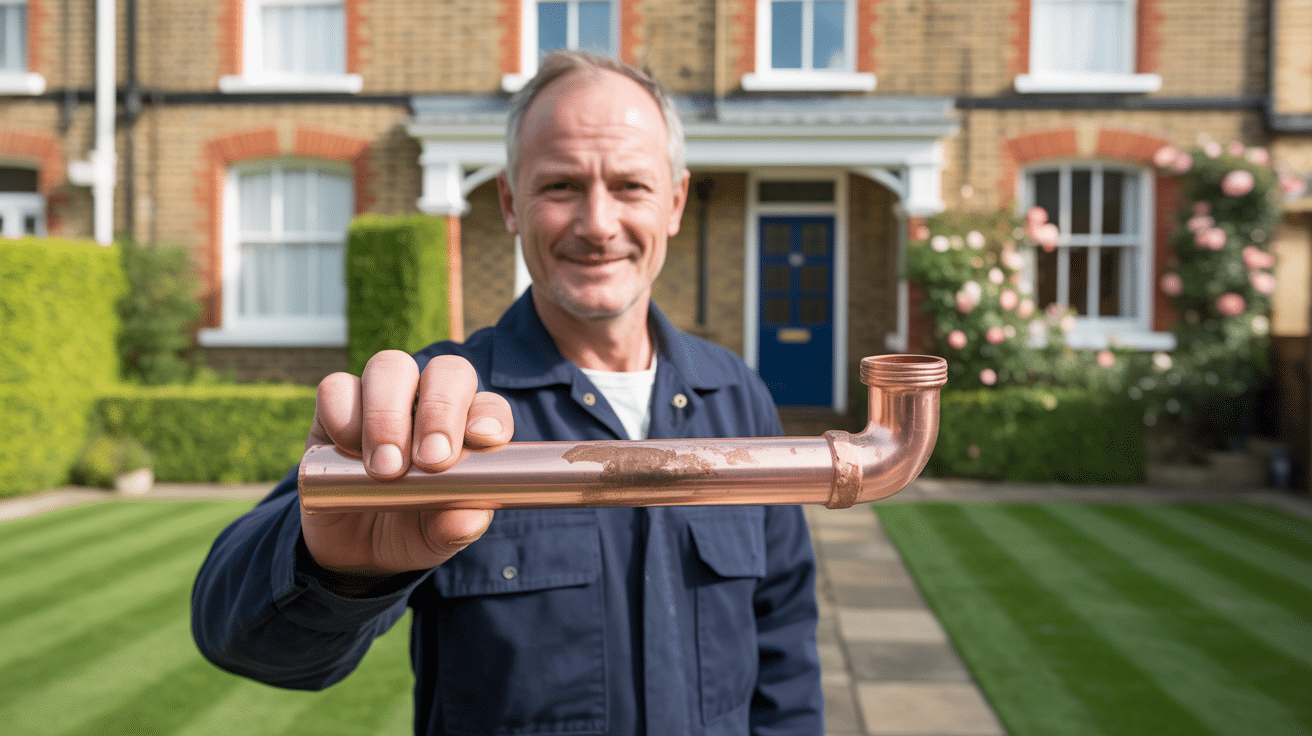
There’s a science (and a legal foundation) behind your boiler’s pressure. Ignore the ranges, and you either end up shivering or risking a flooded plant room—or, for landlords and portfolio managers, out of step with WRAS, G3, and Gas Safe standards.
Exactly Where Should Your Gauge Be—And Why Does It Matter?
- Cold/off: Look for 1.0–1.5 bar. The “goldilocks” zone for most properties is around 1.2 bar—enough to reach all the radiators without stretching the system.
- Heating/running: Up to 2.0 bar is expected, given water expands with heat. If pressure spikes past that—and falls dramatically as the system cools—you probably have deeper issues with the expansion vessel.
- Above 3.0 bar: Now you’re into overflow territory. At this point, modern boilers “self-protect” by venting water. Not only does that waste energy and risk water damage but the system can’t safely stabilise—and your warranty, regulatory logbook, and even insurance can take a hit.
Each refill above these numbers invites fresh oxygen. Every bit of extra air means corrosion gets a free pass, chemical inhibitors are diluted, and the system’s lifespan drops.
For block managers and letting agents, frequent pressure swings and manual refills imply gaps in maintenance—gaps that can cost you a clean compliance report or successful insurance claim.
Most insurers and manufacturers treat repeat top-ups as a sign of neglect. Compliance isn’t about good intentions—it’s about traceable fixes and clear records.
If your boiler gauge bounces around these limits, don’t normalise it—investigate.
What Actually Causes Persistent Pressure Loss—And How Can You Pinpoint the Real Fault?

It’s tempting to blame all pressure woes on a single rogue valve or a “tricky” radiator. Reality is rarely so simple. The right fix begins by leaning into the full range of likely suspects—then zeroing in, step by step.
The Real Causes Hiding Behind the Gauge
Tiny Leaks, Big Consequences
- Most pressure drop calls come back to micro-leaks—think slow drips from joints under flooring, around radiator valves, or buried behind kitchen units.
- Unseen, these can soak woodwork, weaken plaster, or—even worse—trigger compliance issues if they’re spotted by surveyors or auditors after months of silent damage.
Bleed, Drain, Repeat: System Fluid Loss from Normal Tasks
- Bleeding radiators or draining down introduces water loss as part of the job. But if every maintenance cycle needs a top-up, the culprit isn’t impatience—it’s a system under strain.
Pressure Relief Valve: The Not-So-Silent Guardian
- The PRV’s job is to prevent disaster by dumping water if pressure surges. When it leaks after every boost (or shows signs of constant weeping), your vessel may be “flat”, or the valve itself tired out.
- Only certified Gas Safe or G3 pros can replace or service this. For landlords and property managers, that’s not just best practice—it’s also the law.
Expansion Vessel: The Great Equaliser
- expansion vessels buffer heat surges—when their air charge fails, pressure spikes with every cycle and the PRV keeps popping.
- Recharging or replacing a vessel is not a DIY job: the vessel’s isolation, air charge, and safety valves must be checked in sequence.
Age, Corrosion, and System Neglect
- O-rings perish, threads fatigue, hard water attacks every joint. For multi-unit blocks or commercial properties, these combine—multiple small leaks across multiple floors mimic one massive invisible issue.
Boiler pressure means little—unless you track every moving part in the system that affects it. Guesswork here is expensive, inefficient, and rarely leaves a compliance paper trail.
Sifting symptoms from causes is where expert engineers, not wishful thinking, make all the difference.
Why Is “Top It Up and Cross Your Fingers” the Worst Advice You’ll Get?

Boiler pressure isn’t like sugar in tea—just adding more doesn’t make it better. Every unsolved refill invites new problems, harsher wear, and regulatory headaches that only get worse over time.
- Every refill adds air.: That’s the catalyst for corrosion in radiators, heat exchangers, and vital joints. Minute by minute, the system’s baseline reliability falters ([Gas Safe]).
- Inhibitors lose their punch.: Each top-up thins the anti-corrosion chemicals meant to protect your system. This turbo-charges limescale and rust formation, especially in hard water zones.
- Self-erasing diagnosis.: Repeated manual resets and top-ups wipe away a clear audit trail, making it hungry ground for disputes—especially for those managing regulated or multi-tenant sites.
- Insurance red tape.: Any major claim (from leaks, water damage, or full failure) can be hamstrung if investigators see that “temporary” fixes replaced proper traceable repair.
Every shortcut in the early stages compounds into real cost and reputational risk down the line—especially during a winter freeze or just before an annual safety audit.
If your team (or tenants) are calling for “one last top-up” every few weeks, stop. Honour the pressure warning system, not just the pressure reading.
Which DIY Fixes Are Safe—And When Is It Time to Call an Expert?
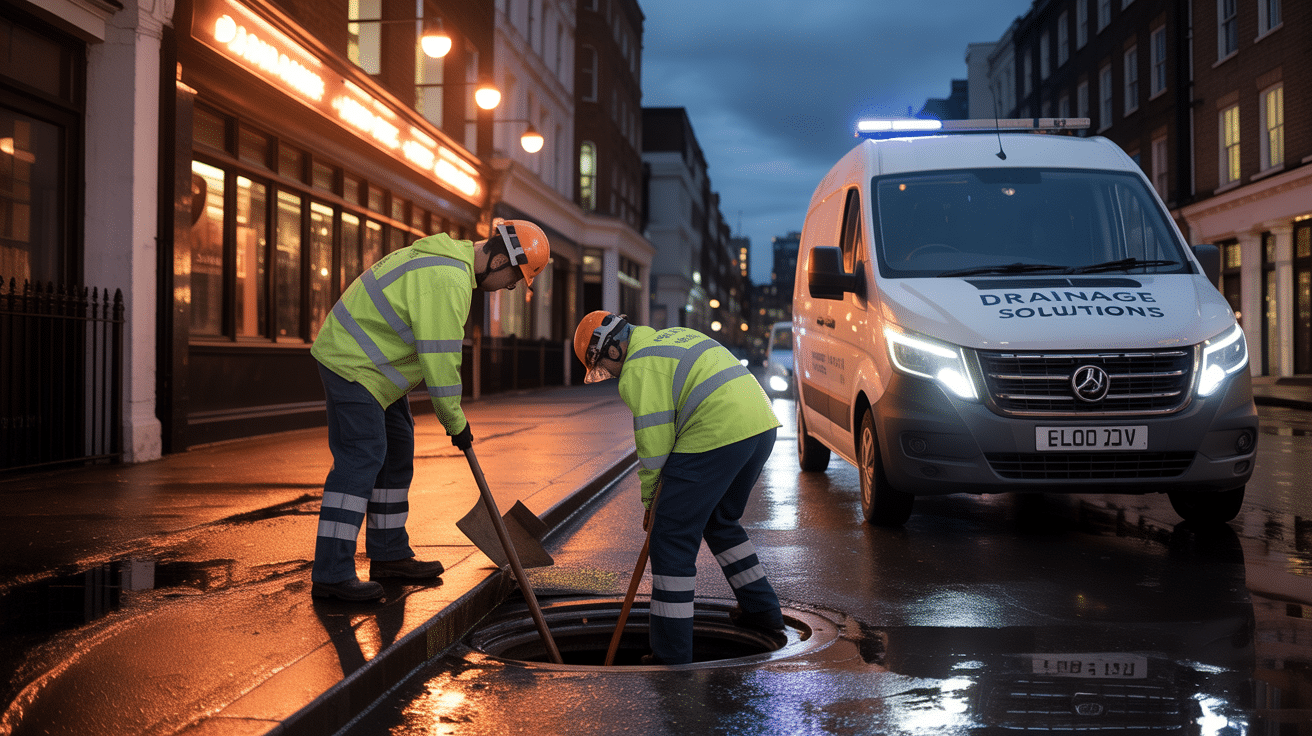
There’s a clear line between safe, owner-led maintenance and the need for qualified intervention. Get it right, and you buy peace of mind—get it wrong, and you inherit liability, warranty issues, or worse.
Safe Top-Up Steps—Only In Clear-Cut Situations
When your last refill was months ago or was prompted by bleeding a radiator, a manual top-up can be justified. Here’s how to do it safely and responsibly:
Refilling Your Boiler: Five Essential Steps
- Cool the System First
- Always top up when your system’s fully cold.
- Locate the Filling Loop
- This should be a flexible silver hose with two isolation valves. If you can’t find it, check the manufacturer’s panel or manual—never improvise connections.
- Open Both Valves Slowly
- The gauge should climb gradually. Never force it past 1.5 bar unless expressly stated by your manual.
- Shut Everything Off—Fully
- Incomplete closing means creeping pressure, wasted water, and eventual valve failure.
- Record When and Why
- Note the pressure before and after. For rental or managed properties, this serves as a maintenance log—an audit-ready asset if queried later.
When DIY Ends—And Professional Help Becomes Non-Negotiable
- Touching internal boiler components
- Replacing PRVs or expansion vessels
- Hunting down leaks beneath floors or in walls
- Using “magic” sealants that come with high hopes and no guarantees
If you’re refilling more often than twice per year, or can’t trace the reason, that’s when a pro makes all the difference—especially for landlords or property managers who need full compliance.
Sometimes, the smartest thing you can do is pass the spanner to an expert.
When Is Expert Help Not Just Optional, But Mandatory?
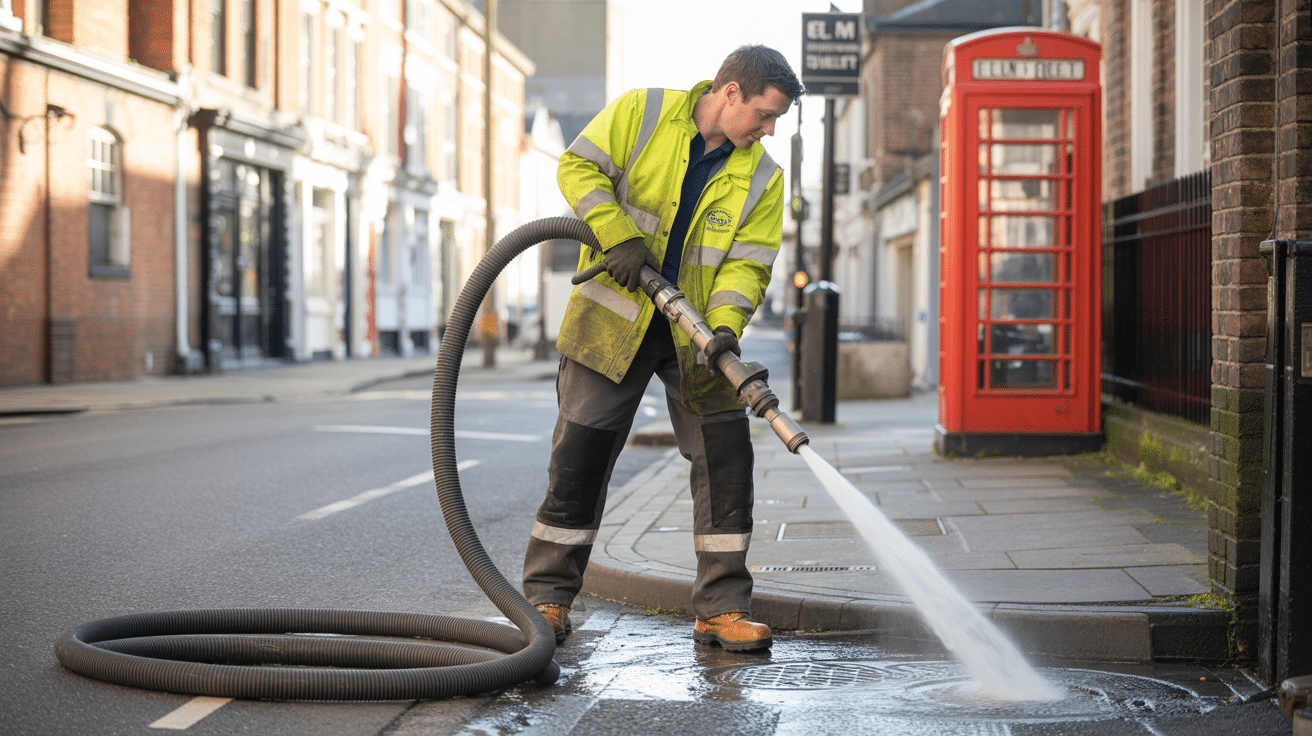
There are moments where hesitation becomes exposure—to safety risk, cost, and compliance gaps. For landlords, agents, commercial property owners, or local authorities, these are red lines you can’t afford to step over.
- Pressure instantly drops after a refill, with no bleeding or obvious cause.: This is a strong indicator of a serious leak or vessel failure that can’t be solved with more water.
- Visible leaks—anywhere in the system.: Drips beneath the boiler, on radiator tails, at the PRV drain pipe outside, all mean water is escaping too fast for DIY remedies.
- Ongoing error codes or warning lights despite several correct refills.: Boiler logic is built to protect itself—not just your peace of mind.
- Spotty or non-existent heat even after follow-up.: This means the underlying system problem, not just simple loss of pressure, is now hurting performance.
In these scenarios, responsibility lands on the shoulders of a certified engineer—Gas Safe for anything gas/boiler, G3 for unvented hot water, WRAS (or equivalent) for all water supply adjustments. Regulatory paperwork, compliance, and ongoing insurance all hinge on expert intervention at this point.
Tenants, local authorities, and corporate clients—especially with audit cycles—demand a paper trail. Without it, even the best DIY fix can count for nothing with an insurance loss adjuster or during a regulatory check.
Risk can be managed or multiplied—the engineer who logs the fix keeps your compliance clean and your system safe.
Play it safe. When in doubt, bring in the team with the credentials, tools, and reporting power to keep you ahead of every compliance or comfort curveball.
How Do Plumbers 4U Solve Pressure Problems for Good—Not Just for Now?
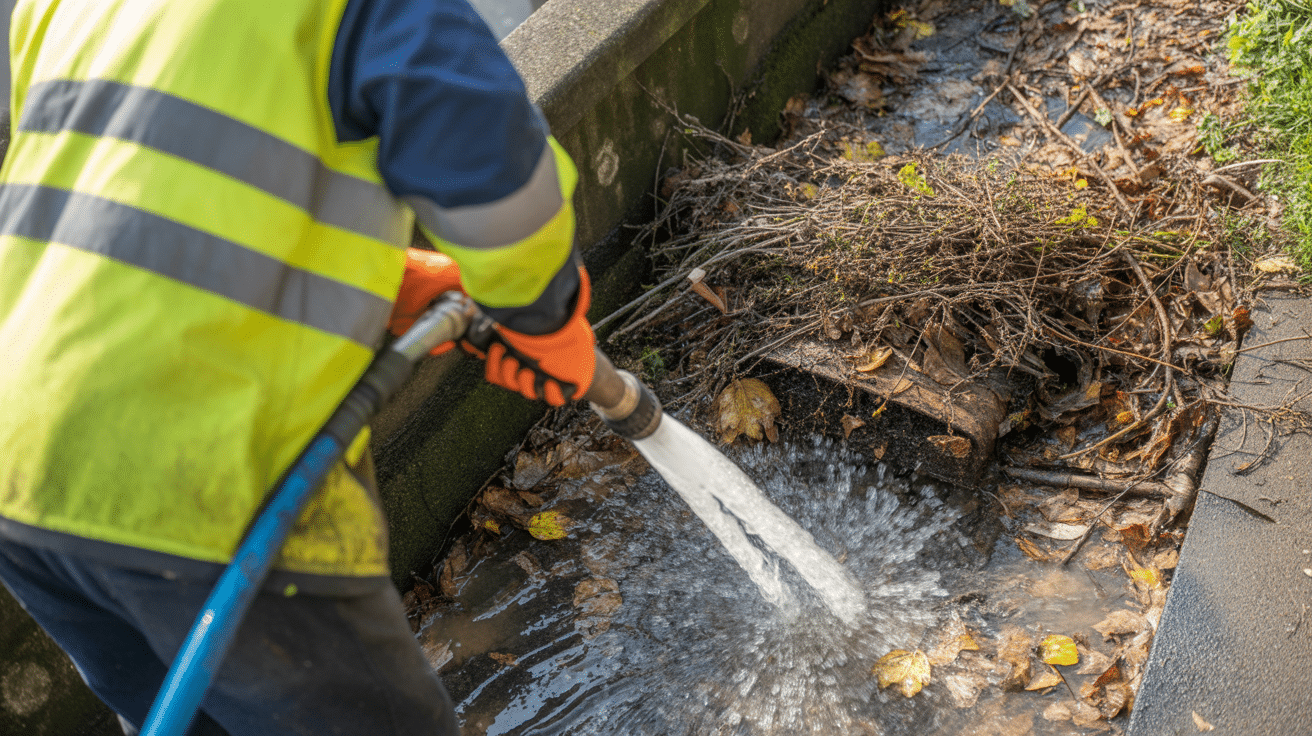
Systematic pressure loss calls for systematic repair. Quick resets are yesterday’s solution. Plumbers 4U approaches every callout not just as a fix—but as a case study in why prevention always trumps reaction.
This Is How We Do It—Proof Before, During, and After
- System Wide Isolation
- Before diagnosis starts, we isolate sections to confirm whether loss is internal (boiler) or external (pipe network/radiators).
- Rapid-Find Leak Technology
- Hidden faults don’t hide long here. We bring thermal imaging, tracer dyes, and sometimes acoustic detection to unmask every “silent” leak.
- Component-Level Testing
- WRAS and G3-certified engineers run diagnostics on expansion vessels (air charge, volume integrity), the PRV, and all visible joints using calibrated tools.
- Fill, Monitor, Test—In Multiple States
- Once repairs are made, pressure is returned in stages—cold and heated—with checks at every phase so we know the fix is holding.
- Full Compliance Documentation
- Before leaving site, our team delivers time-stamped photos, a written service report, and all job logs—ready for any compliance check, warranty claim, or insurance review.
Landlords, agents, and property managers, take note: every fix aligns with legal and insurer-grade requirements. There’s no guesswork left for the next audit, site visit, or regulatory renewal.
Permanent repair isn’t a slogan—it’s a process. We chase the cause, not just the consequence, and we record every step to back up your compliance standing.
Mileage may vary with other firms. With us, it’s comfort, safety, and audit-readiness—guaranteed.
What Changes When You Prioritise Permanent Repairs—The Plumbers 4U Way
When you put expert repairs over endless short-term fixes, you’re not just keeping your building warm for another week. You’re building layered protection that pays dividends in comfort, regulatory certainty, and owner reputation.
- Every repair meets real standards.: Only certified hands touch regulation-governed systems, which means you never gamble with compliance or risk warranty invalidation.
- Proof at every turn.: From before-and-after snaps to logbook entries, records are detailed and ready for any challenge—from insurance or authorities.
- Owners and managers stay in control.: Detailed explanations, diagrams on request, and crystal-clear user instructions replace vague “we fixed it” promises.
- Agents and landlords dodge compliance traps.: Our reporting and job sheets mean nothing is missed when annual audits, EPC surveys, or tenant disputes come knocking.
There’s a reason the safest properties—and the happiest tenants—choose planned, paperwork-backed repairs over chasing every new low pressure message.
Look past up-front cost. You’ll avoid multiple callouts, preserve warranty status, save on future bills, and breeze through the next audit with your head up and your system working.
Book Plumbers 4U Today for Heating Confidence, Compliance, and Safe Properties
Your heating isn’t just about warmth. It’s about your standards—how you protect people, property, and reputation, season in and season out. With Plumbers 4U, you get more than a quick fix to a stubborn pressure loss. You get a system guarded by WRAS, WaterSafe, and Gas Safe–certified professionals, every repair demonstrated, recorded, and signed off to the book.
No jargon. No upselling. No mess. Just clean, lawful, recorded repairs and upgrades built to last, whatever your building or brief.
One call to Plumbers 4U means your boiler’s pressure problem will be tracked to its root, solved for good, and documented for every compliance or ownership need down the road.
Book today—restore your property’s safety, comfort, and compliance, and never waste time on the same pressure problem twice.
Frequently Asked Questions
What overlooked factors keep boiler pressure dropping—even after refilling—and how can property owners spot them early?
Boiler pressure that repeatedly falls below normal is almost never random or “just air.” Modern sealed systems are built to retain stable pressure from service to service; falling into a cycle of top-ups signals hidden faults, not routine ageing. Common sources include micro-leaks at joints, weeping radiator valves, a pressure relief valve (PRV) discharging quietly outside, or an expansion vessel with a failed diaphragm leaving no easy warning. Sometimes, it’s slight seepage hidden by boxing, flooring, or external pipe runs—issues you won’t spot on a quick glance.
Every silent pressure drop is a system alarm—wait too long, and that invisible leak can become a visible invoice.
The key pattern: if you need to top up your boiler more than once or twice a year outside of obvious events (like bleeding rads), something’s wrong deeper in the network. Check for clues: cold spots on radiators farthest from the boiler, green copper stains under valves, moss growth under external overflow pipes, or unexplained water stains in ground-floor rooms. For asset managers, consistent “low pressure” callouts in logs point to a systemic issue, not user error.
What day-to-day pressure swings are normal—and what signals trouble?
- Stable system: 1.0–1.5 bar when cold, up to 2.0 bar when hot—minor daily swings are fine.
- Topping up after radiator bleed: Normal, provided it remains a one-off with no recurring symptoms.
- More than two unexplained refills per year: Seek a diagnosis, not a quick patch.
- PRV pipe dripping outside or water stains forming: Time to bring in a pro—don’t DIY beyond a single refill.
Which self-checks can you do before calling an engineer, and where is the safety line?
You can safely top up your system if you see the pressure has dipped after bleeding rads or annual service. Always turn off the boiler first—cold pressure checks are more reliable. Use both hands to open the filling loop valves, raising pressure to 1.2–1.5 bar, then firmly close both. Log this action by date and symptom. Walk your property: look under and behind rads, inspect visible pipe runs, and check for greenish or rusty stains. Investigate outside the property for the PRV’s outlet pipe—moss, wet patches, or constant dripping mean a vessel or valve is likely at fault.
Recurring error codes, visible moisture near electronics, or new stains around the boiler base are all red flags. Most DIYers can refill once, but moving parts or opening up components calls for a qualified engineer instantly—insurers and manufacturers expect it, and so does compliance law.
Each quick top-up may delay a callout, but layered neglect adds up. A few minutes’ check-up now can save a major overhaul down the road.
When should you stop DIY efforts and call a specialist?
- Water, rust, or stains around the boiler, rads, or pipes: Stop—risk of shorting or corrosion is high.
- System doesn’t hold pressure for a week or two after refill: Engineer investigation is needed.
- Repeat “pressure low” fault on the digital display: Treat as urgent—persistent faults void warranties quickly.
What hidden damage builds up when topping up boiler pressure instead of repairing?
Every refill introduces fresh, oxygen-rich water into your system, quietly fueling corrosion and sludge in all the places pipes and radiators are hardest to reach. Chemical inhibitors added at the last service become diluted and less effective each time you add water, speeding up limescale growth (especially in hard water regions) and reducing overall energy efficiency.
Repeated top-ups not only damage the system; they now establish a written pattern of neglect for insurance audits. Insurers, asset managers, and compliance authorities increasingly see “multiple top-ups, no repair” as proof of delay—not maintenance. Modern warranty teams actively review service logs and may deny claims if repeated symptoms were left untreated.
Every refill is a trade-off—short-term peace for long-term risk. Miss enough warning shots, and your system will demand a much bigger fix, sooner.
What system consequences flow from chronic refilling?
- Accelerated rust inside radiators and pipes: , reducing system lifespan and warmth.
- Mounting sludge and scale,: leading to blocked rads, cold rooms, and pump wear.
- Damp or dripping that reaches electrics: Triggers sudden cut-outs and expensive electronic failures.
- Loss of insurance and warranty rights: Documented neglect or unaddressed symptoms void coverage quickly.
How do regulations and warranty rules shape what you can do if pressure keeps falling?
For all property types—but especially rentals, HMOs, or commercial premises—the UK Gas Safety (1998), WRAS, and Part G codes define exact boundaries for what you can (and can’t) do. Homeowners may conduct a single cold refill, assuming no sign of leak or ongoing issue, but proper repairs, PRV changes, or expansion vessel replacement? That’s strictly for Gas Safe or G3-accredited engineers.
For landlords, letting agents, and managing agents, compliance means logging every observed fault, repair, and part code. Miss an entry, and audits or claims get rejected—insurers look for a clear repair trail, especially after new legislation in 2022 and 2023. Every unvented cylinder repair requires proof of G3 competence and a full asset-log update. Fail to follow notification rules, and property status, rental rights, or grant eligibility (like EPC-linked works) may be lost.
Compliance is not red tape—it’s your fastest route to valid insurance, resale value, and peace with regulators if things go wrong.
Compliance boil-down: permitted actions by property role
| Role | Cold top-up allowed? | Must log repairs? | Engineer required? |
|---|---|---|---|
| Homeowner | Yes (single refill) | Recommended | When any leak/fault recurs |
| Landlord/Agent | Only refill/remove air | Mandatory | Always (by law, for repairs) |
| Commercial Property | No | Mandatory (with batch code) | Always (full documentation) |
Why do repeated low boiler pressure spells often go unfixed—and how does this escalate costs or risk?
It’s easy to write off a small pressure dip, hoping it’s a one-off or blaming cold weather. Reality is harsher: every unresolved episode multiplies system wear, allows airlocks and sludge to settle, and opens the door to future failure—especially during cold snaps or periods of peak use. Even an ignored micro-leak can undermine overall system heat, triggering loss of comfort, surges in energy bills, and mounting liability for property managers.
Water from a small, persistent leak doesn’t just damage the circuit; it can short-circuit the PCB or stat, leading to a full system lockout when you need heat most. Digital service logs showing a string of top-ups with no proper repair flag the asset for scrutiny, weigh against EPC ratings, and—most importantly—attract negative attention from insurers or auditors.
Pressure loss today, major expense tomorrow; it’s the chain reaction nobody can afford.
What are the property-level losses from unaddressed boiler pressure drops?
- Cut short the life of radiators, pipework, and the boiler itself.:
- Skyrocketing fuel bills: —blocked rads and airlocks fight against efficient heating.
- Loss of heating or hot water at the coldest times.:
- Increased audit and compliance costs, possible loss of eligibility for grants or ratings.:
How does Plumbers 4U’s process eliminate recurring boiler pressure woes and guarantee compliance?
Plumbers 4U systemises boiler pressure repair with a thorough, transparent approach—from first diagnosis to aftercare documentation. Engineers begin by isolating each heating circuit, using advanced tools like thermal cameras, dye tracer, and ultrasonic listening to find leaks even behind walls or floorboards. Every PRV and expansion vessel is bench-tested to manufacturer readings, not guesswork, and all fitted parts are WRAS or British Standard marked.
You receive not just a quick fix, but a full system health record: before-and-after images, batch-coded repair logs, and up-to-date asset books for compliance and warranty protection. For landlords and agents, this is gold-standard documentation—protecting against claim rejection, audit disputes, or tenant complaint escalation.
Aftercare matters: systems are repressurised, inhibitor levels restored, and every control and valve is demonstrated live—reducing confusion for tenants or owners. The service aims to be seamless, traceable, fully compliant, and safe to pass between contractors or asset managers.
Confidence is built in the detail—one missed entry, or a missing batch code, and all the right work counts for nothing.
Plumbers 4U full repair and handover workflow shortcut
- System circuit isolation and staged pressure testing:
- Specialist leak locating: Dye, sound, or infrared as needed
- Parts tested and recalibrated using bench tools:
- All replacements batch-coded and strictly to WRAS/BS specs:
- Photographic and written logbook handover, compliant with Gas Safe and G3:
- Post-repair aftercare: Controlled fill, inhibitor top-up, and guided handover to user or manager
Every repair is the start of a safer, longer-lived, and easier-to-manage heating system. For property teams or individual homeowners, it’s the surest way to stay energy efficient, legally sound, and ready for any future audit or warranty claim.



